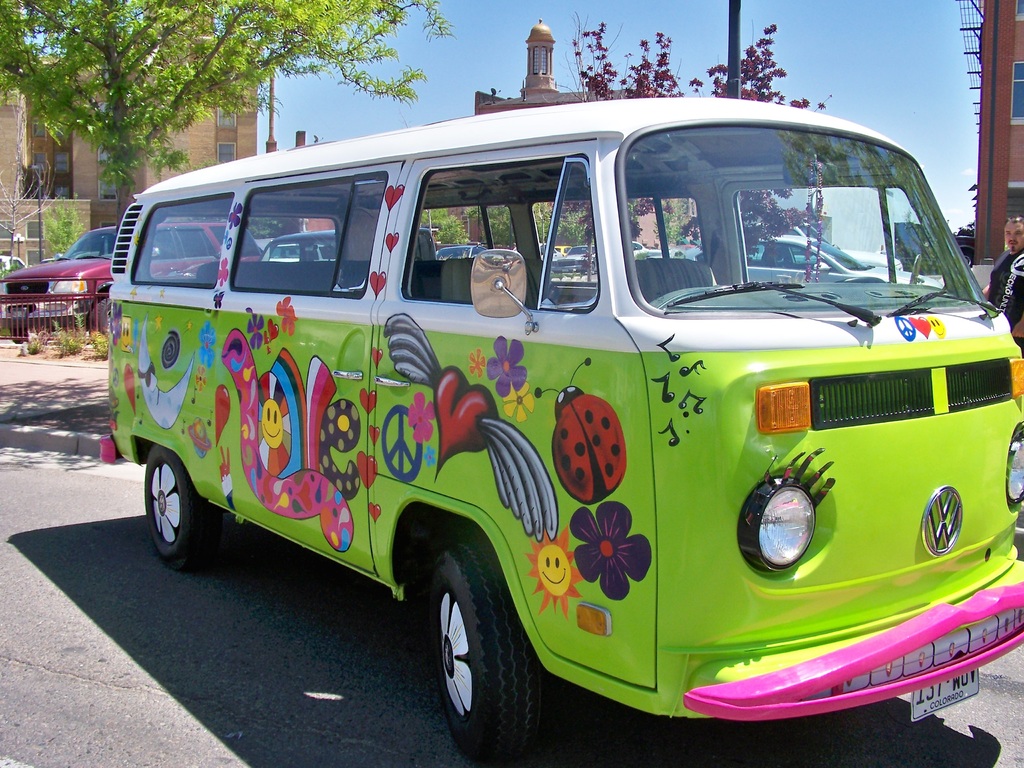
Daewoo Matiz - Tico's successor
Matiz faced a difficult task - he had to adequately replace the aging Tico - a solid, but not very safe city car, licensed by Suzuki. Representatives of the Korean brand did not buy the rights to release another Japanese model, but opted for something of their own. The wording “own” may not be entirely accurate, because several companies participated in the construction of Matiz, but the small city car is certainly not a copy, and Daewoo played a leading role in the design.
The Matiz premiered in 1997, and construction work has been going on since the middle of the decade. The body design was done by ItalDesign's Giorgetto Giugiaro, while Daewoo's development centers in the UK and Germany handled technical issues.
Technologically, the car is based on the Tico - a small engine of less than 0,8 liters is taken from its predecessor, but it uses multi-point fuel injection. The three-cylinder engine produces 51 hp. at 6000 rpm and a torque of 68 Nm at 4600 rpm. Due to the increase in weight (from 690 to 776 kg) compared to Tico, Matiz, despite the additional 10 hp, is slightly slower than its predecessor. To 100 km / h Tico was able to accelerate in just 17 seconds, while the new model needs two seconds more. The maximum speed in both cases is approximately 145 km/h. The greater weight also affected fuel consumption - in the urban cycle, Matiz will need 7,3 liters, and on the highway - about 5 liters (at 90 km / h). Driving at highway speeds will increase fuel consumption by up to 7 liters. Tico was satisfied that the fuel consumption is on average 100 km less, at least one liter.
The body of the Matiz is much more modern than its predecessor - the car is round, the body line is openwork, and the round headlights give the impression of a "sympathetic expression." In 2000, the Matiza facelift was carried out, which, in addition to changing the front of the body, also received a new 1.0 engine with a power of 63 hp. However, lifting bypassed our country, and until the end of his days, Matiz in Poland was offered in its original form.
A 3,5-meter car is unlikely to fit five people, but for a typical city car, it’s not bad. Purchases can be stowed in a small 167-liter trunk. Due to the low price, Matiz was often used as a car for sales representatives. In the version with the rear seats folded down, it offered as much as 624 liters of luggage space.
In the Euro NCAP crash test, the little Korean received three stars out of five in the adult safety category. However, this was the SE version with two airbags. Even cars that are not equipped with airbags are quite safe (considering the age of the structure and dimensions). The structural strength and quality of the sheets seem to be much higher than Tico's. During the crash test, the problem was the rear seat belts, which did not adequately protect the occupants from the effects of a collision. Daewoo introduced fixes, and since the mid-2000s, Matiz has got better belts.
Looking at the competition of that period, we can conclude that the Korean design is quite strong. One of Matiz's biggest competitors was undoubtedly the Fiat Seicento, which received only 1 star in the crash test, and in a head-on collision, the car's structure was severely damaged, resulting in extensive injuries to the dummies. The Ford Fiesta (1996), Lancia Ypsilon (1999) and Opel Corsa (1999) were on par with the Matiz. In turn, the French cars - Peugeot 206 (2000) and Renault Clio (2000) - provided greater safety - each of them received 4 stars and offered comprehensive passenger protection.
In terms of fault tolerance, Matiz has a worse opinion than its predecessor. The list of faults is long, but most repairs can be done at any workshop and are relatively inexpensive. Also, the cost of buying a car will not be high, and there is a good chance of finding a well-equipped example with low mileage. Be wary of versions of the Van that have served as fleet vehicles, however, and their history is often very turbulent.
Although Matiz belongs to the group of inexpensive cars, the equipment could be quite rich. Of course, the basic version (Friend), costing less than 30 36. PLN, it did not even have power steering, airbag or power windows, but when you decide to choose the Top version, you can count on the previously mentioned accessories, as well as ABS, central lock and airbag for the passenger. Options also included air conditioning, which was once a major theme in Matiz commercials. Even in the richest version, the small Daewoo did not cost more. PLN, which was a very competitive offer on the urban automobile market.
Matiz survived Daewoo, which left Poland in 2004, shortly after it was taken over by General Motors. It was still produced under the FSO brand until 2008. After Matiz, Shedu took over the Chevrolet Spark, which costs less than 30 thousand in our market. PLN, and in the LS version (from about PLN 36 thousand) it even has air conditioning as standard.

